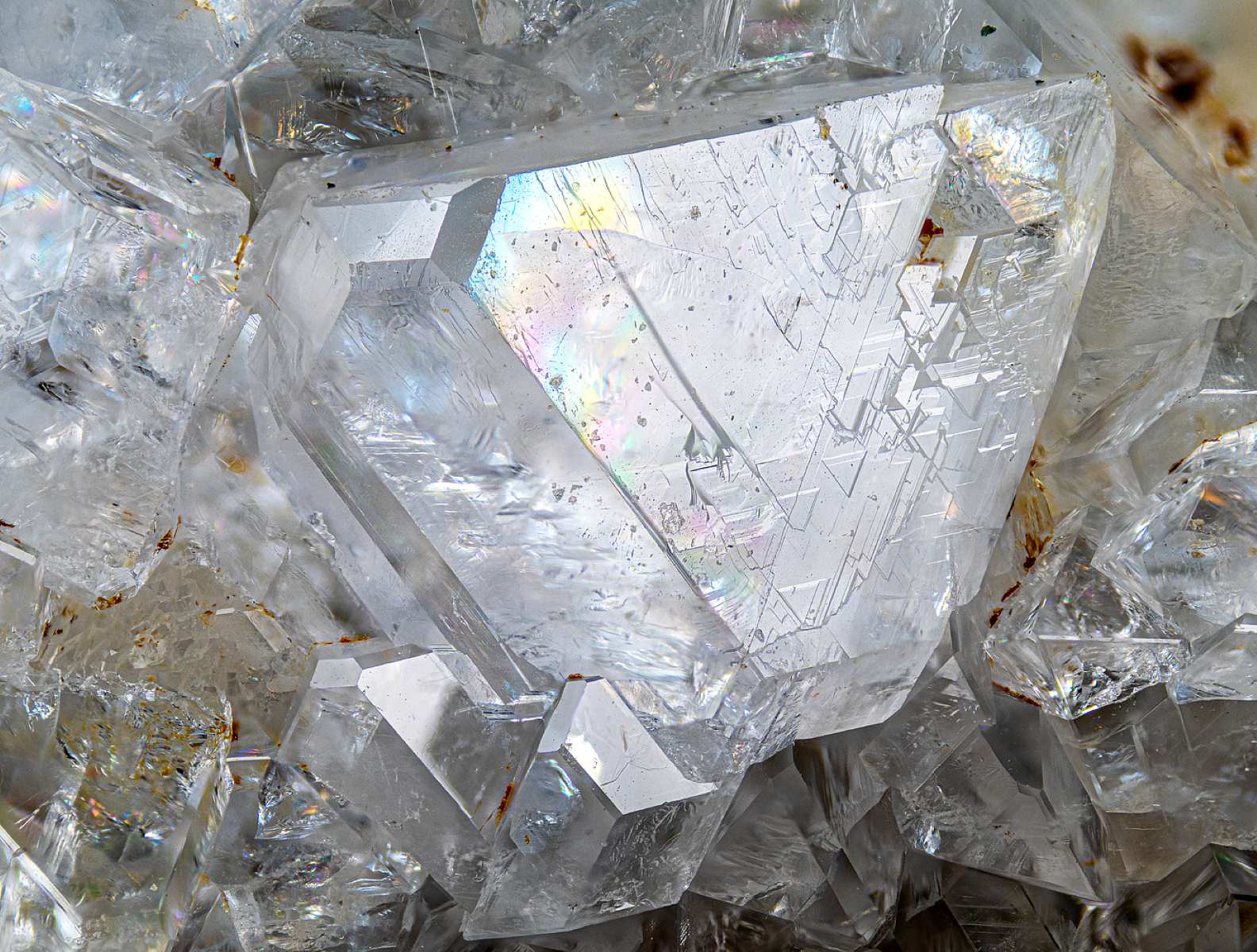
Ever heard of Amicite? This rare mineral, part of the zeolite family, holds a treasure trove of unique properties and a fascinating history. Discovered in 1979 in Germany, Amicite is named after Giovanni Battista Amici, a notable botanist and physicist. Its chemical formula, K₂Na₂Al₄Si₄O₁₆·5(H₂O), reveals a complex structure involving potassium, sodium, aluminum, silicon, and water. Found in only four locations worldwide, Amicite's rarity makes it a prized specimen for collectors and researchers. With a monoclinic crystal system, vitreous luster, and transparent appearance, this mineral captivates both scientists and enthusiasts alike. Ready to dive into the world of Amicite? Let's explore its 25 intriguing facts!
Key Takeaways:
- Amicite, a rare mineral named after Giovanni Battista Amici, has unique chemical and physical properties, making it valuable for commercial applications in absorption, ion exchange, and catalysis.
- With its small, colorless crystals and ability to absorb and lose water without affecting its structure, amicite's rarity and special characteristics make it a standout among minerals.
Discovery and Naming
Amicite is a rare mineral that has intrigued scientists and collectors alike. Let's dive into its fascinating history and origin.
- Amicite was first described in 1979 from specimens found at the Höwenegg quarry in Immendingen, Hegau, Germany.
- The mineral is named in honor of Giovanni Battista Amici, a renowned botanist, physicist, and optician.
Chemical and Physical Properties
Understanding the chemical makeup and physical characteristics of amicite helps us appreciate its uniqueness.
- The chemical formula for amicite is K₂Na₂Al₄Si₄O₁₆·5(H₂O), indicating its composition of potassium, sodium, aluminum, silicon, and water.
- The International Mineralogical Association (IMA) symbol for amicite is "Ami".
- Amicite falls under the Strunz classification 9.GC.05, categorizing it as a zeolite mineral.
- It crystallizes in the monoclinic crystal system, which has three axes of unequal length.
- The space group of amicite is I2, defining its crystallographic properties.
- Unit cell parameters are a = 10.26 Å, b = 10.43 Å, c = 9.90 Å, and β = 88.32°.
- The formula mass of amicite is 690.51 g/mol.
Appearance and Optical Properties
Amicite's visual and optical traits make it a standout among minerals.
- Amicite appears as small, colorless crystals, often forming pseudotetragonal pyramidal shapes up to 5 mm in size.
- The luster of amicite is vitreous, giving it a glass-like appearance.
- Its streak, or the color when scratched on a porcelain plate, is white.
- Amicite is transparent, allowing light to pass through without significant absorption.
- The specific gravity of amicite is 2.18, indicating its density relative to water.
- Amicite is biaxial anisotropic, meaning light velocity varies depending on the direction through the mineral.
- Indices of refraction for amicite are na = 1.485, nb = 1.490, and nc = 1.494.
- The birefringence of amicite is 0.009, a measure of the difference between the highest and lowest indices of refraction.
Occurrence and Rarity
Amicite's rarity and specific locations of occurrence add to its allure.
- Amicite is known to occur in only four locations worldwide.
- The type locality is the Höwenegg quarry in Germany, where it was first discovered.
- Other known locations include the Vostochnyi and Kirovskii mines in the Chibiny massif, Murmansk region (Russia), and the quarry from Las Urracas on the El Arzollar volcano, Campo de Calatrava (Ciudad Real).
Crystal Morphology and Hardness
Examining the structure and durability of amicite reveals more about its physical nature.
- Amicite crystals can form pseudotetragonal pyramidal shapes, combining {011} and {110} faces.
- These crystals can range in size from small to up to 5 mm in diameter.
- Amicite does not exhibit cleavage but shows a conchoidal fracture, resulting in smooth, curved surfaces.
- With a hardness of 4½ on the Mohs scale, amicite is relatively soft and susceptible to scratching.
Unique Properties and Applications
Amicite's special characteristics and potential uses make it a mineral of interest beyond just its rarity.
- One unique property of amicite is its ability to absorb and lose water without affecting its crystal structure, a trait crucial for its commercial applications in absorption, ion exchange, and catalysis.
The Fascinating World of Amicite
Amicite, a rare gem in the zeolite family, captivates with its unique properties and limited occurrence. Discovered in 1979, this mineral honors Giovanni Battista Amici, a pioneer in optics. Its chemical formula, K₂Na₂Al₄Si₄O₁₆·5(H₂O), reveals a complex structure that contributes to its distinctive characteristics. Crystallizing in the monoclinic system, amicite's pseudotetragonal pyramidal crystals and vitreous luster make it a visual marvel. Found in only four locations worldwide, its rarity adds to its allure for collectors and researchers alike. With applications in industries like petroleum refining and water softening, amicite's practical uses are as impressive as its scientific significance. Its ability to absorb and lose water without structural changes showcases the remarkable adaptability of zeolites. Amicite's story, from its discovery to its diverse applications, underscores the endless wonders hidden within Earth's geological treasures.
Frequently Asked Questions
Was this page helpful?
Our commitment to delivering trustworthy and engaging content is at the heart of what we do. Each fact on our site is contributed by real users like you, bringing a wealth of diverse insights and information. To ensure the highest standards of accuracy and reliability, our dedicated editors meticulously review each submission. This process guarantees that the facts we share are not only fascinating but also credible. Trust in our commitment to quality and authenticity as you explore and learn with us.


